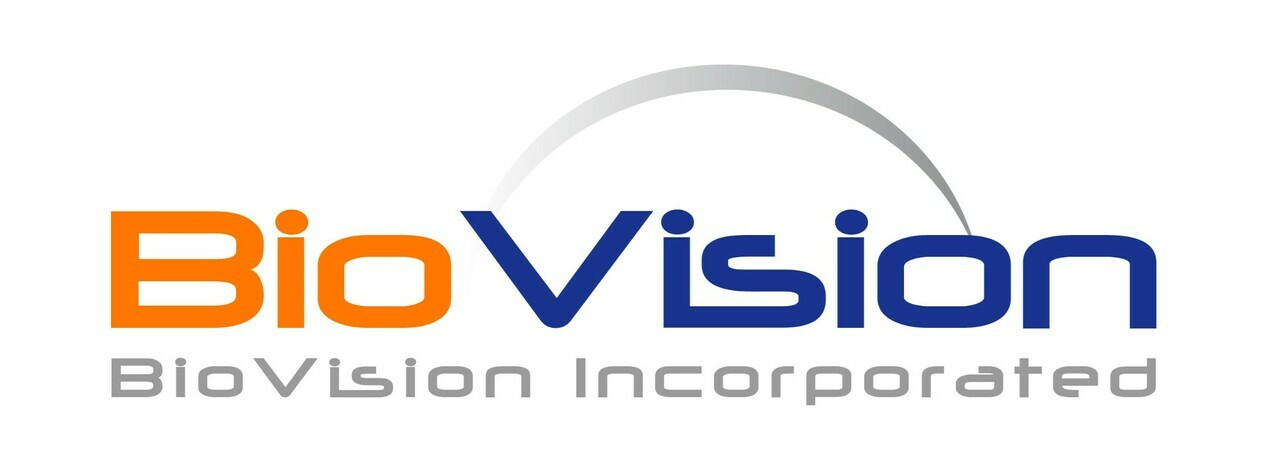Product Description
Progranulin (PGRN), also called proepithelin and PC cell-derived growth factor, is a single precursor protein of granulins which are a family of secreted, glycosylated peptides. It is a widely expressed pluripotent growth factor which plays a role in processes such as development, wound repair and inflammation by activating signaling cascades that control cell cycle progression and cell motility. Its function in the central nervous system is of interest, as mutations in the PGRN gene were found in cases of fronto-temporal degeneration (FTLD). In addition, PGRN has also been linked to tumorigenesis. Progranulin is a biomarker for FTLD, other types of Alzheimers Disease (AD) and potentially for MCI (Mild Cognitive Impairment). Additionally, PGRN is described as a new ligand of TNF receptors and a potential therapeutic against inflammatory disease like arthritis. Mouse Recombinant Progranulin fused to FLAG® at C-terminus produced in HEK is a single, glycosylated, polypeptide chain purified by standard chromatographic techniques, containing 589 amino acids and having a molecular mass of ~70.0 kDa.
Biovision | 4734 | Human CellExp Progranulin Mouse Recombinant DataSheet
Biomolecule/Target: N/A
Synonyms: Proepithelin; PEPI; PC Cell-derived Growth Factor
Alternates names: Interleukin-28A, IL-28A, IFN-Lambda 2, Interferon-Lambda 2, Cytokine ZCYTO20, IL28A, IFNL2, ZCYTO20, Cytokine receptor family 2 member 12.
Taglines: Regulator of cell growth, wound healing, and tumorigenesis
NCBI Gene ID #: 282616
NCBI Gene Symbol: IL28
Gene Source: Human
Accession #: Q8IZJ0
Recombinant: Yes
Source: E. coli
Purity by SDS-PAGEs: 85%
Assay: SDS-PAGE
Purity: N/A
Assay #2: HPLC
Endotoxin Level: <0.1 EU/g purified protein
Activity (Specifications/test method): N/A
Biological activity: Test in process
Results: N/A
Binding Capacity: N/A
Unit Definition: N/A
Molecular Weight: 19.6 kDa
Concentration: 0.3 mg/ml
Appearance: Liquid
Physical form description: 0.2 m-filtered solution in PBS
Reconstitution Instructions: Reconstitute in sterile dHO not less than 100 g/ml. This solution can then be diluted into other aqueous buffers
Amino acid sequence: N/A
 Euro
Euro
 USD
USD
 British Pound
British Pound
 NULL
NULL












